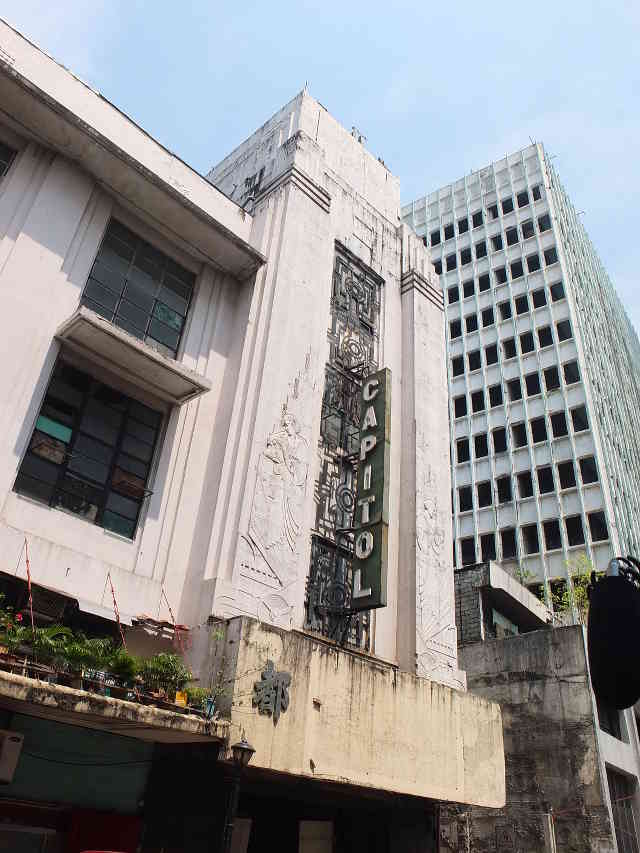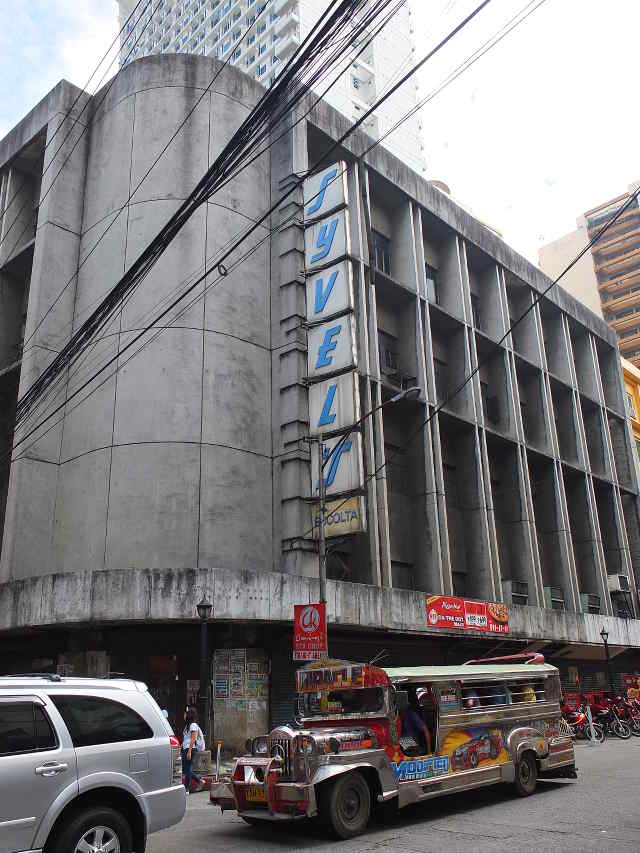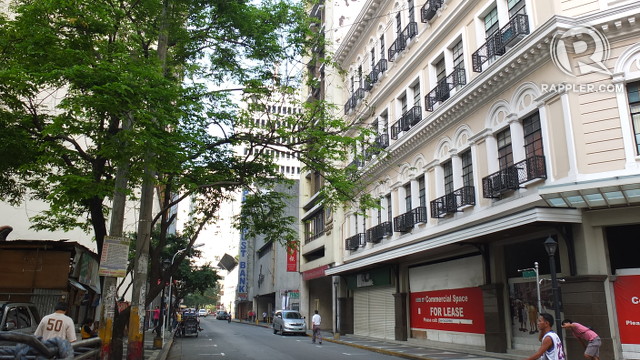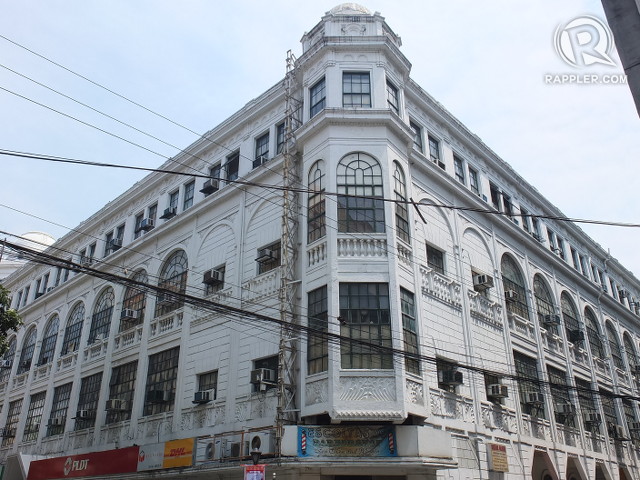SUMMARY
This is AI generated summarization, which may have errors. For context, always refer to the full article.
MANILA, Philippines – Escolta Street has proven to be such a popular destination for passengers of the newly-launched Pasig River Ferry System that Metropolitan Manila Development Authority (MMDA) Chairman Francis Tolentino wants to redevelop it.
Tolentino proposed the creation of the Escolta Redevelopment Administration on Monday, May 12, a week after meeting with the Escolta Heritage Association.
“This proposal aims to remember Escolta, not just as a historical footnote, but as part of the continuing Philippine economic progress.” Tolentino said.
Escolta, one of the oldest streets in Manila, came to the MMDA chief’s attention when the agency saw how it was the most popular destination for passengers during the first two weeks of the Pasig River Ferry System, which reopened on April 28.
Passengers, many of them tourists, disembarked at the Escolta ferry station in order to get to other well-known hubs like Binondo’s Chinatown and Divisoria.
The renewed interest in the historic street, one of the oldest business districts in the country, convinced Tolentino that Escolta must be developed and promoted.
The Escolta Redevelopment Administration could be the body that would see to the renewal of Escolta.

The Intramuros Administration was created by virtue of Presidential Decree 1616 signed by President Ferdinand Marcos in 1979. It now functions as an attached agency of the Department of Tourism.
Tolentino said he is willing to draft a bill seeking for the creation of the Escolta Redevelopment Administration which he plans to endorse to lawmakers.
A new heritage district?
Heritage conservation groups welcomed Tolentino’s plans.
“The Heritage Conservation Society and the Escolta Commercial Association Inc. are very much supportive of the plan of the MMDA to create an administrative body to secure heritage preservation, tourism development and urban regeneration within the district,” said Romel Leal Santiago, head of the Escolta Revival Movement.
The proposal, along with the opening of the ferry system, ties in nicely with the movement’s goal of seeing Escolta declared a historic business district.
They are working with the National Historical Commission (NHCP) to document the street’s important landmarks and buildings in order to draft a proposal for the declaration.
Recognition as a historic business district would give Escolta more protection from the government. Under the National Cultural Heritage Act of 2009, heritage zones and historical landmarks are protected from demolition, damage and modification.
Government funds are supposed to be allocated for their conservation and restoration. The distinction also attracts tourists and investments in the site.
The so-called “Escolta Heritage Center” being proposed by the NHCP doesn’t refer to Escolta Street alone but includes other historically significant streets within its buffer zone.
These include the streets of San Vicente, Dasmariñas, Yuchengco, Tomas Pinpin, Burke, Juan Lune, Muelle del Blanco Nacional, Muelle dela Industria and the plazas Moraga, Cervantes, Goiti and Santa Cruz.
‘Escolta, my Escolta’
Calle de la Escolta, as it was once called, has been in use since the late 1500s. Its name is said to be derived from the Spanish word “escoltar” meaning “to escort,” a word shouted along the avenue as Spanish guards or escorts trooped through.
In its heyday, it was Manila’s premier business district and shopping hub, one of the most popular stops of the Manila tranvias, streetcars operated by the Manila Electric and Railway Company (Meralco). (READ: City slicker: Street style in Escolta)

Some of the street’s most beautiful buildings continue to edify the tourists brave enough to venture the area.
The First United Bldg, formerly the Perez Samanillo Bldg, is a pink-and-white art-deco structure designed in the 1920s by Andres Luna de San Pedro, a son of the painter Juan Luna.
Across it stands Regina Building, also art nouveau in design. Capitol Theater, built in 1938, was a popular movie house designed by architect Juan Nakpil.
Through the years, there have been several attempts to revive the once vibrant street.
The most recent attempt is a Saturday art fair and bazaar organized by artist collective 98B and the Escolta Commercial Association, a group of businessmen who own buildings in Escolta. (READ: Escolta Saturday market attracts hip crowd)
Even if Escolta has been overtaken by Makati City, Ortigas Center, and Bonifacio Global City as a business district, heritage conservation advocates hope to see the street rise from the ashes as a hub for culture, arts, and tourism. – Rappler.com
Add a comment
How does this make you feel?


There are no comments yet. Add your comment to start the conversation.